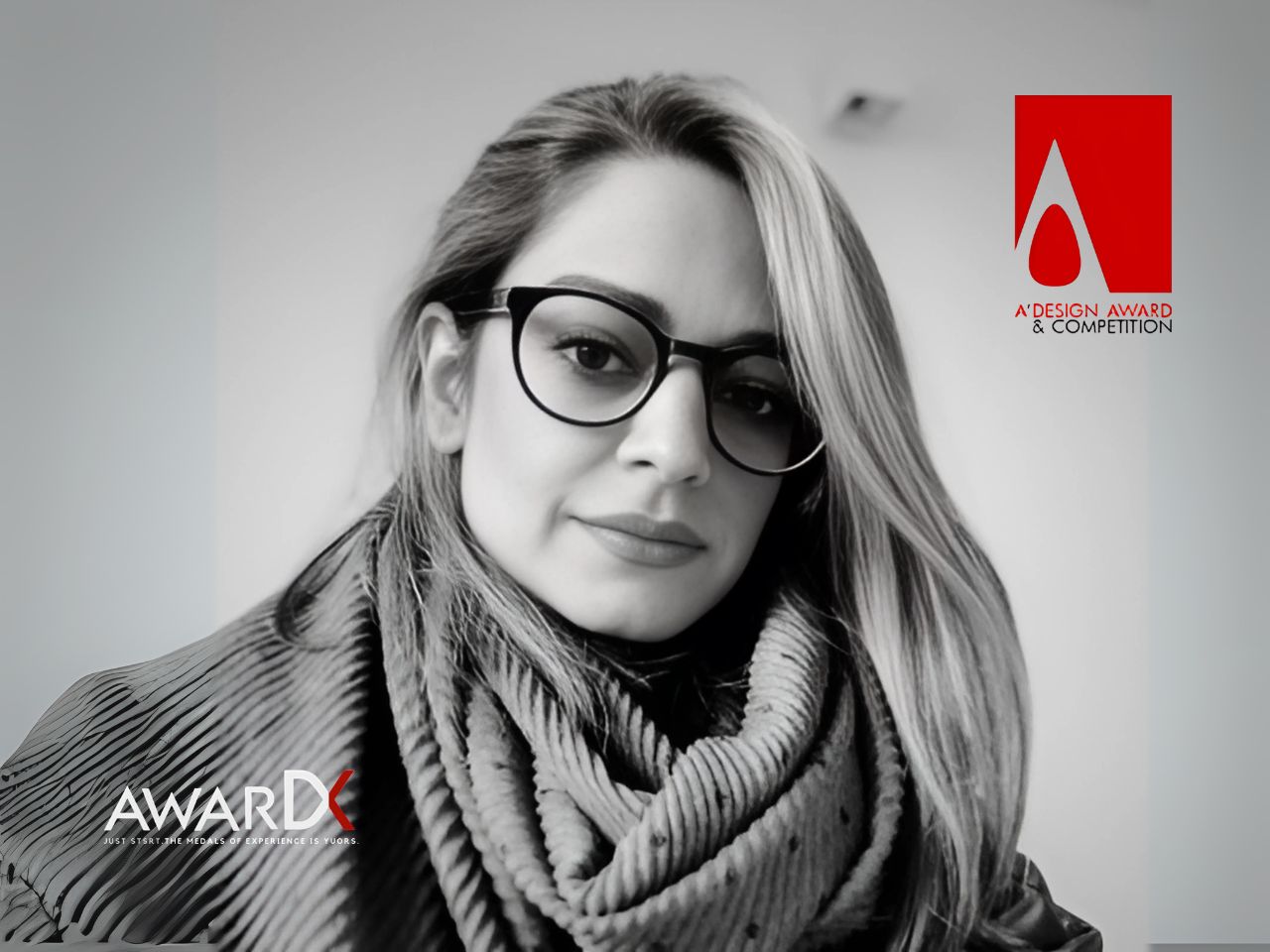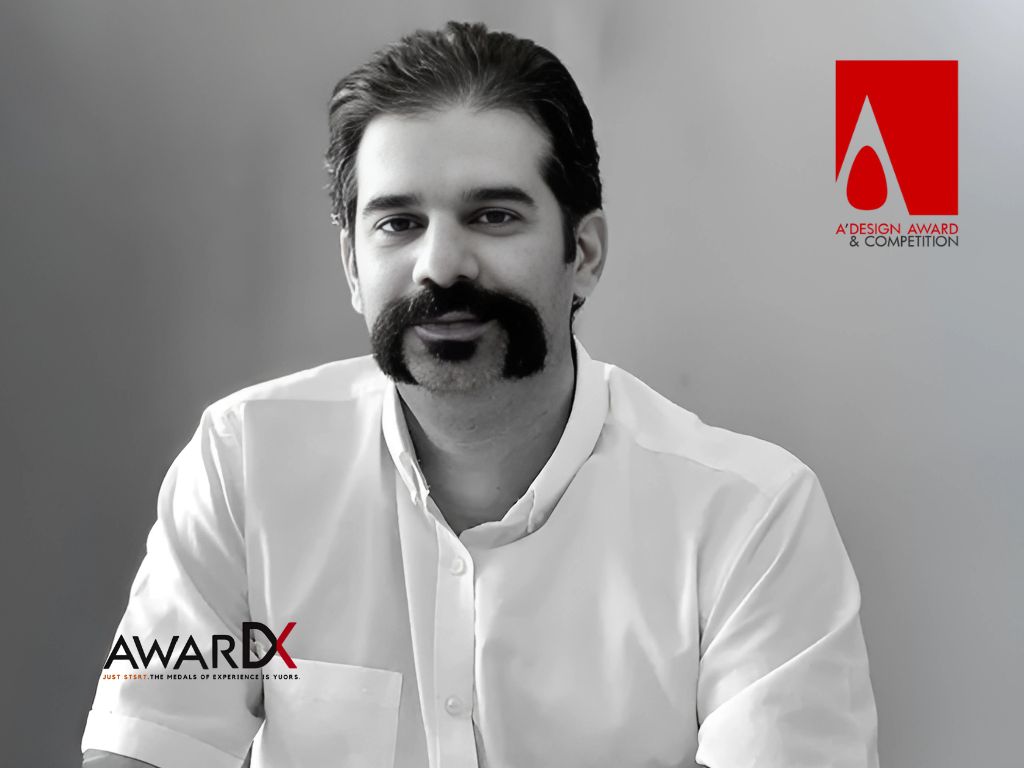Fabrizio Crisà is a veteran Italian product designer and Chief Design Officer known for shaping Elica’s recent product strategy: bold, architectural appliances that rethink how kitchens look and behave. For LHOV Crisà’s brief was clear — fuse three traditionally separate appliances (hob, hood and oven) into a single, elegant, deeply integrated module that improves usability, saves space and reads as a single sculptural object in the kitchen.

What LHOV is — a single appliance, three functions
LHOV is an integrated 3-in-1 kitchen solution that combines an induction hob, an extraction hood and an oven into one standard-size unit. Its design aims to eliminate the typical interruptions of the countertop (no protruding hoods, handles or knobs), simplify installation and create a continuous, calm black-glass surface that behaves like furniture rather than three separate machines. The unit’s standard footprint makes it easy to integrate into conventional cabinetry.
Why the idea matters — design problems LHOV solves
Historically, the kitchen layout forces compromises: extractors sit above the hob and create visual clutter; ovens are often placed below or remote, complicating workflow; separate controls and ventilation paths add complexity. LHOV addresses these frictions by unifying ventilation across hob and oven, reducing installation complexity, improving ergonomics, and delivering a quieter, more streamlined kitchen aesthetic — all of which shift the experience of cooking toward clarity and calm.
Designer mindset — minimalism, human rituals and system thinking
Crisà approached LHOV from an anthropological and material point of view. He asked: what are the core gestures and rituals of cooking, and how would a single, well-resolved object support them? The mindset blended three priorities: human-centred ergonomics (reach, sight-lines, control), formal restraint (clean surfaces, no visual noise), and system thinking (ventilation, heat management and digital control integrated coherently). The result is a design that reads as both emotion (a calm, unified surface) and engineering (a technical, high-performing appliance).
From concept to prototype — the development path
The LHOV development followed a multi-stage product engineering loop:
• Research & brief definition — user journeys in kitchen workflows were mapped; service and maintenance needs were documented.
• Concept exploration — multiple form studies tested how three functions could share a single envelope while keeping serviceability.
• Engineering integration — HVAC and thermal engineers modelled airflows to ensure the extractor removed fumes from both hob and oven reliably, while protecting electronics from heat.
• Interaction design — touch displays, hidden sensors and minimal physical controls were iterated to preserve the continuous glass aesthetic without sacrificing operability.
• Prototyping & testing — full-scale prototypes underwent thermal, ventilation and durability testing; noise and vibration tests were used to tune motors and ducts.
• Final validation — installation trials checked cabinet fit, service access and user ergonomics to ensure the unit worked in the real kitchen conditions it was designed for.
This staged approach—sketch → simulation → physical prototype → user & service validation—ensured the product was both beautiful and buildable.
Technical highlights and material choices
LHOV’s most visible material move is its continuous black glass surface — a visually quiet plane free of exposed knobs and handles. Under that plane, the product uses advanced induction cooking surfaces, precision airflow engineering for combined extraction, and a well-insulated oven chamber engineered to avoid cross-contamination of smells while sharing the same cavity footprint. The electronics and controls combine tactile touch, intuitive UI and integration with modern kitchen ecosystems (digital displays, voice control options in some configurations). These deliberate material and technical choices marry premium aesthetics with pragmatic performance.
Manufacturing and serviceability — design for production
Bringing LHOV to market required close work with manufacturing partners to ensure repeatable tolerances, glass integration, and reliable HVAC routing within a compact envelope. Serviceability was a named constraint: the design hides complex systems but provides access panels and modular sub-assemblies for motor, filters and electronics so maintenance work can be done without removing the entire unit. This reduces lifecycle cost and supports longer product life — a commercial and ecological win for specifiers and end users.
Awards and recognition — what the juries saw
LHOV has been widely recognized across major design juries for combining aesthetic restraint with technical innovation. The project was awarded top honors in A’ Design’s home appliances category and has also been acknowledged by other leading juries for reshaping kitchen conventions. These awards validate both the concept (a new product category) and the execution (a manufacturable, high-performance appliance).
Business impact — why brands and specifiers care
For manufacturers and retailers, LHOV represents a product that can be positioned as premium, bespoke and architect-friendly. Its unified aesthetic simplifies kitchen design conversations (one integrated module instead of three brands/products to match), reduces cabinetry complications, and offers a strong narrative for marketing (innovation, space efficiency, design leadership). For architects and kitchen designers, LHOV simplifies material palettes and sightlines — powerful selling points in high-end residential and hospitality projects.
Sustainability and lifecycle thinking
LHOV’s sustainability case rests on two pillars: consolidation and serviceability. By combining three appliances into a single unit, material redundancy is reduced; modular service design enables repairs rather than full replacement. Long-life components (efficient induction units, replaceable filters, accessible motors) and energy-efficient oven and extraction strategies reduce operational energy over a product lifetime. These choices align with contemporary procurement priorities that reward lower total cost of ownership and durability.
Design lessons from LHOV — takeaways for product teams
Start from user rituals, not product categories. Reframing the problem can create whole new product classes.
Integrate engineering early: combining subsystems (ventilation + cooking + heating) requires cross-disciplinary teams from concept stage.
Prioritize serviceability even when designing sleek surfaces — access saves replacement costs and brand reputation.
Use awards and curated visibility strategically — juried recognition accelerates specifier trust and distribution conversations.



